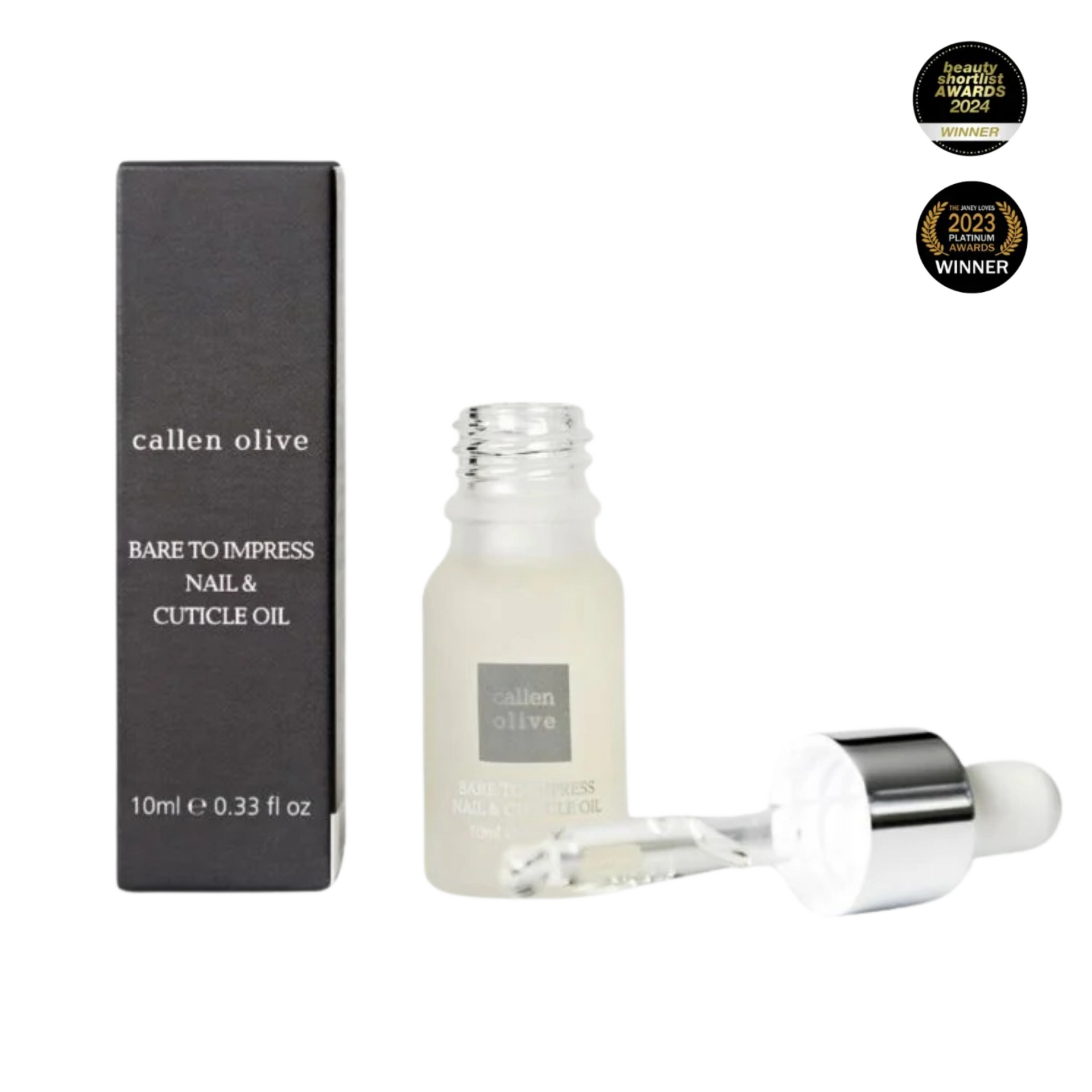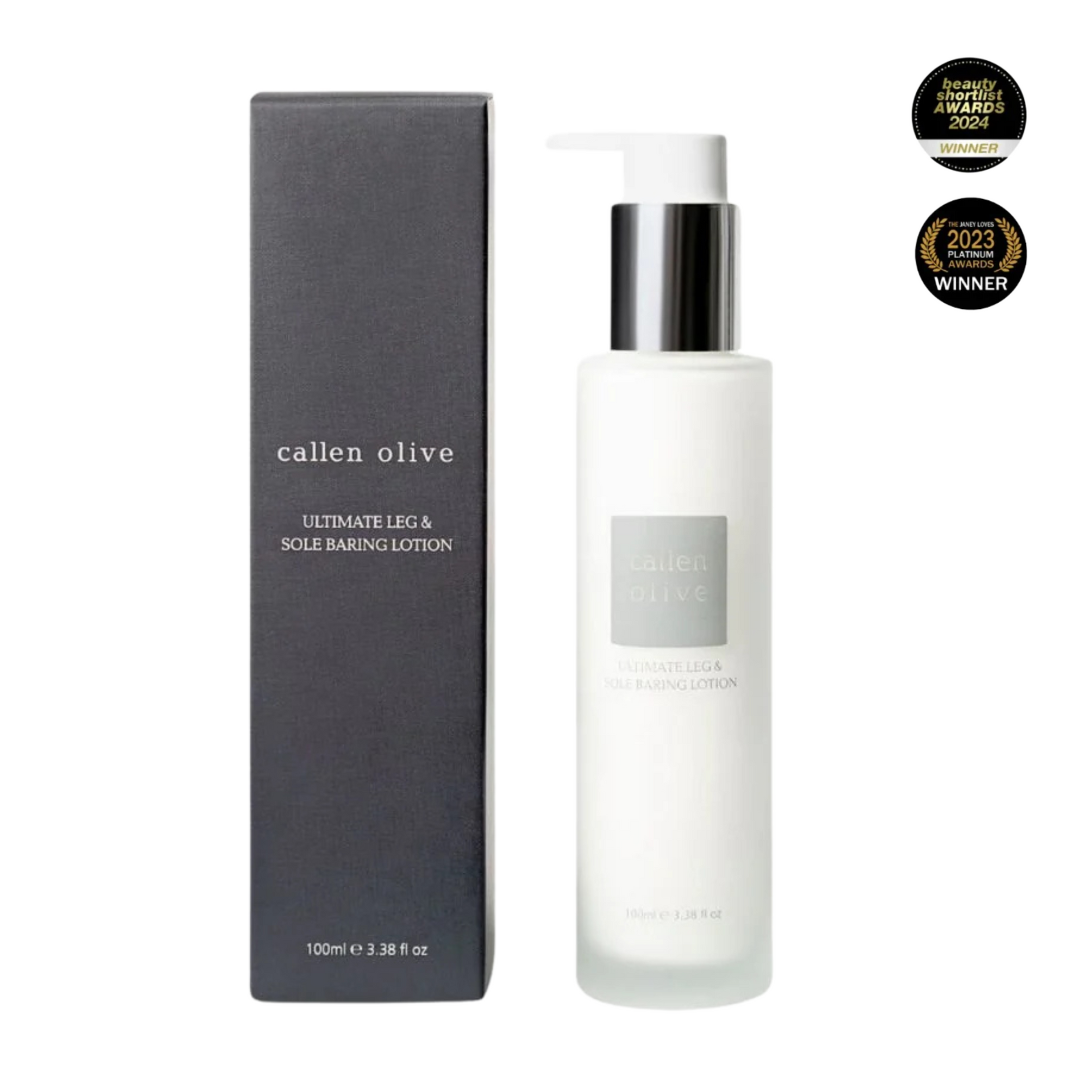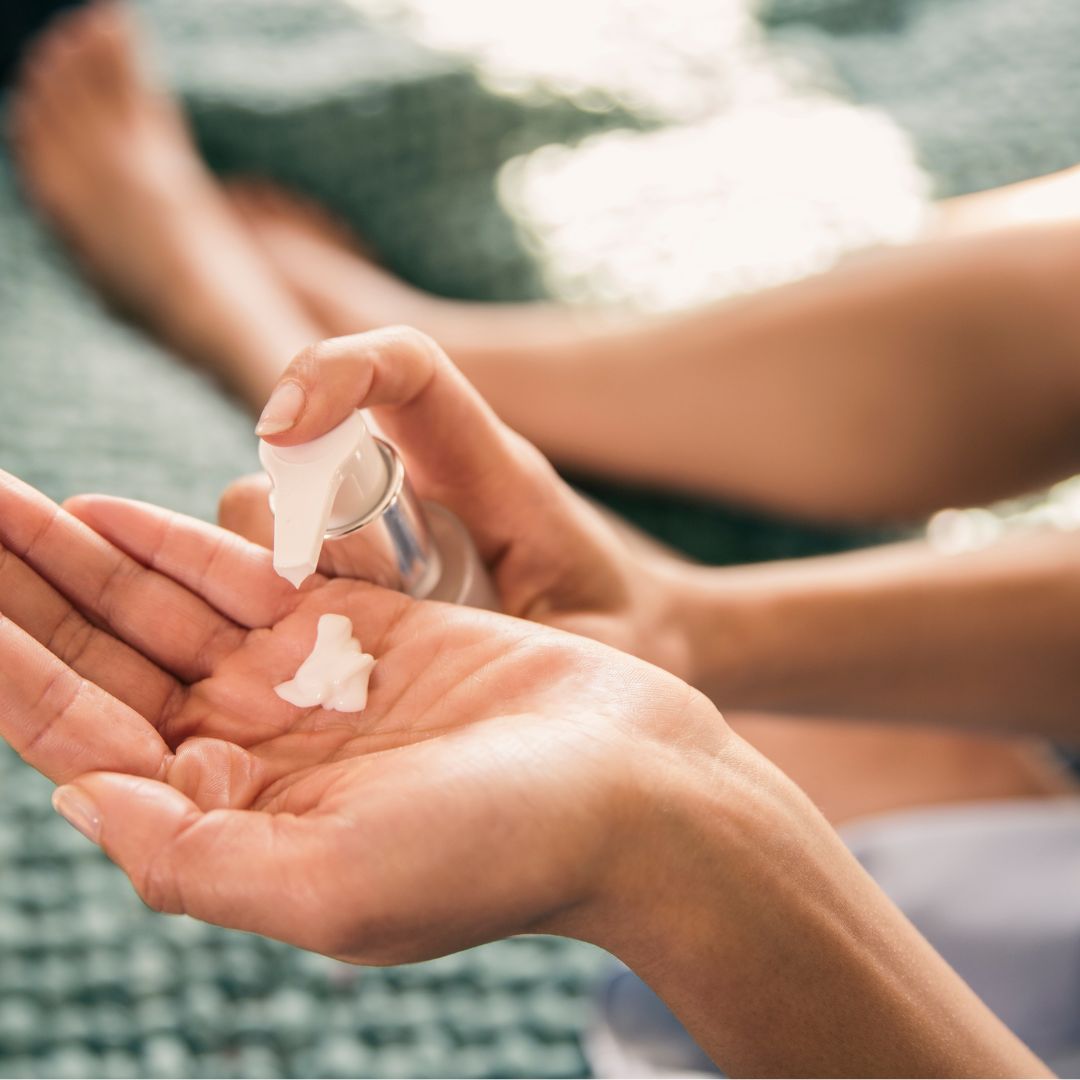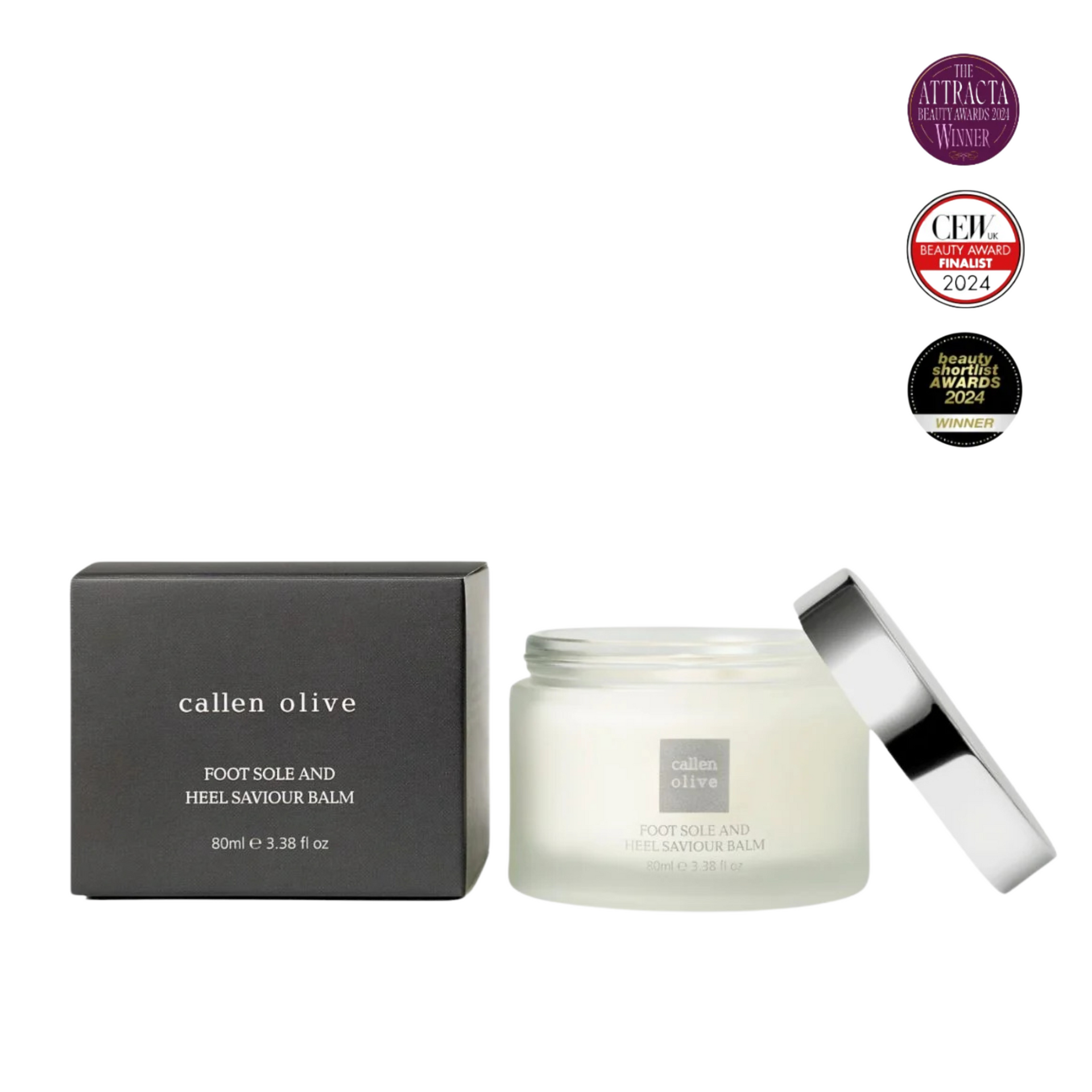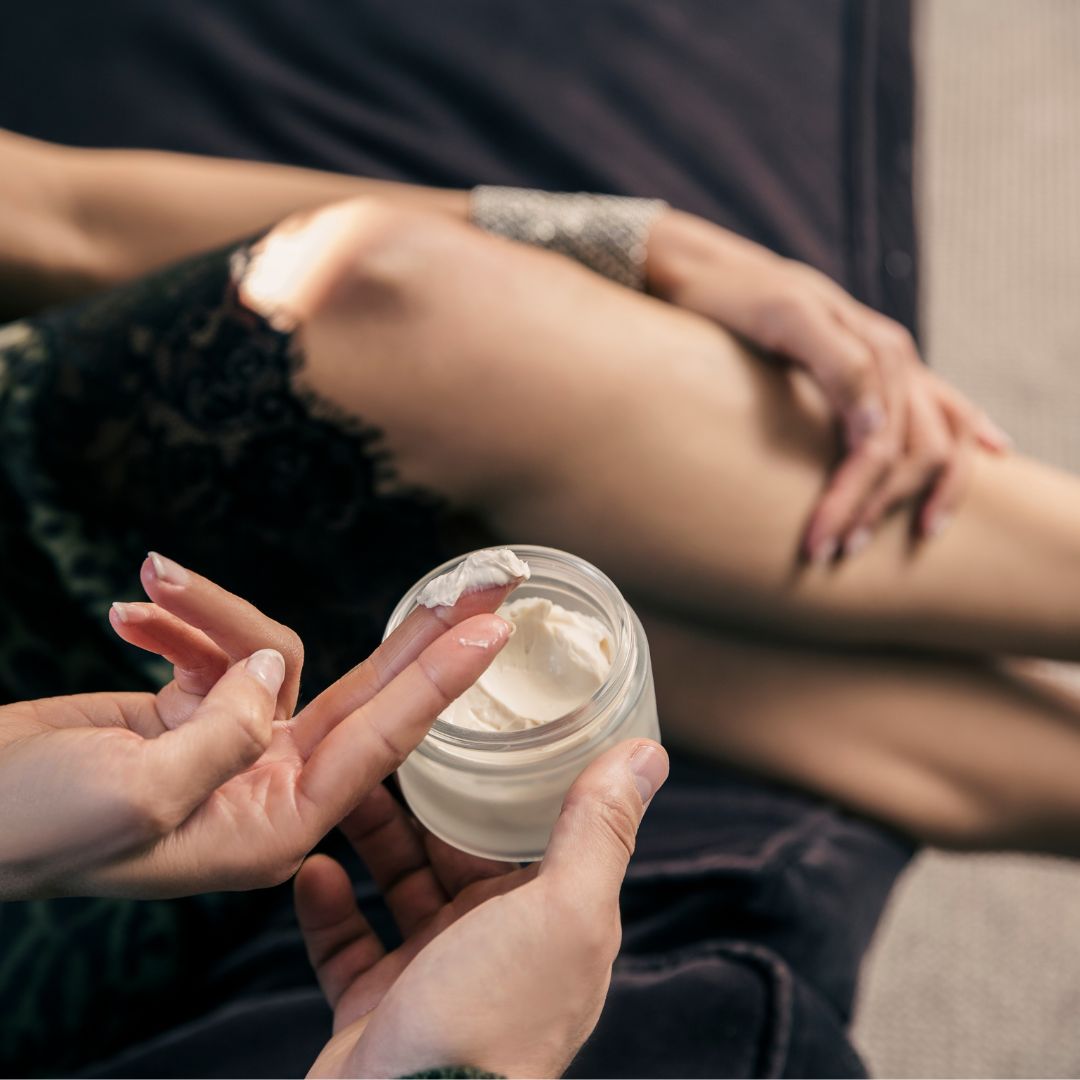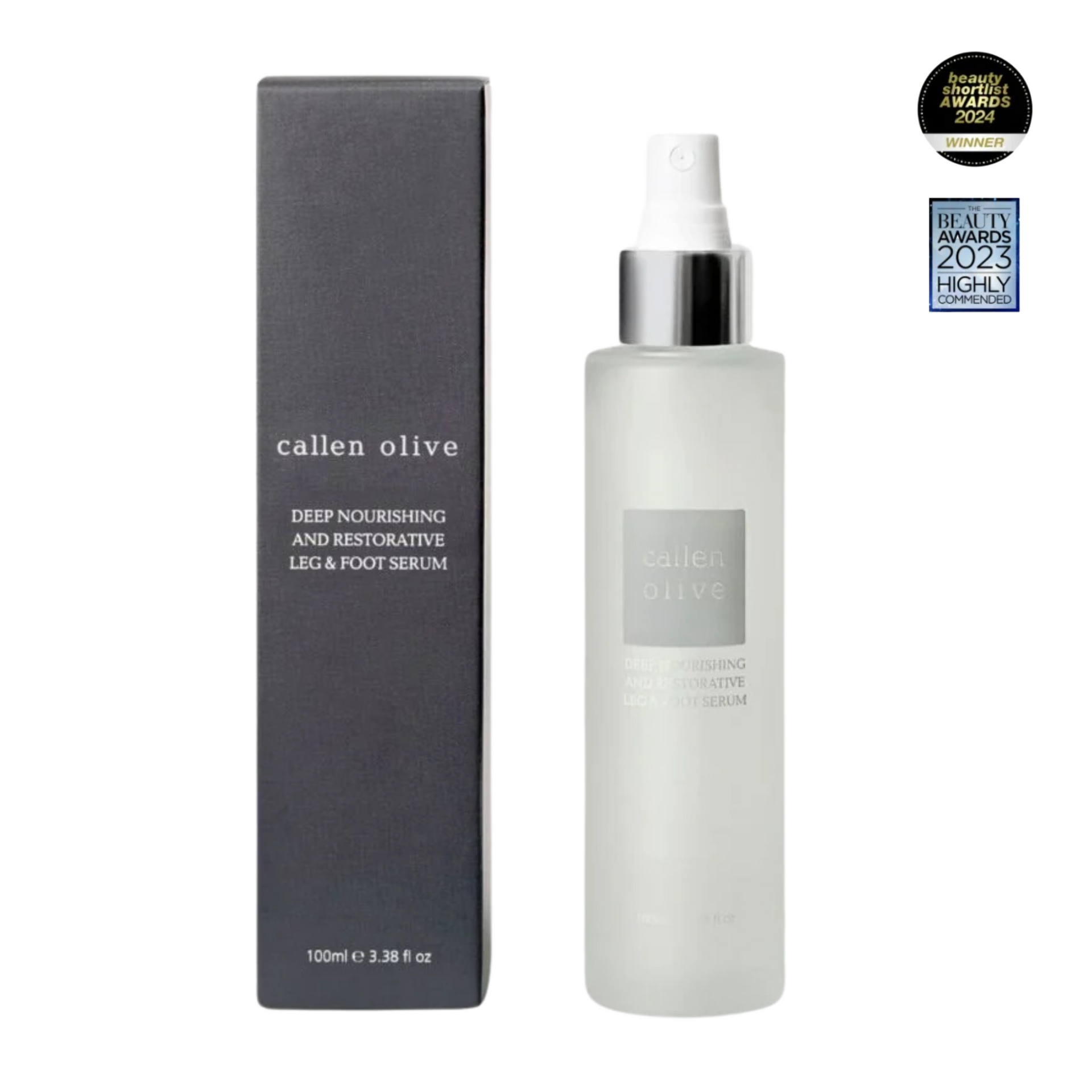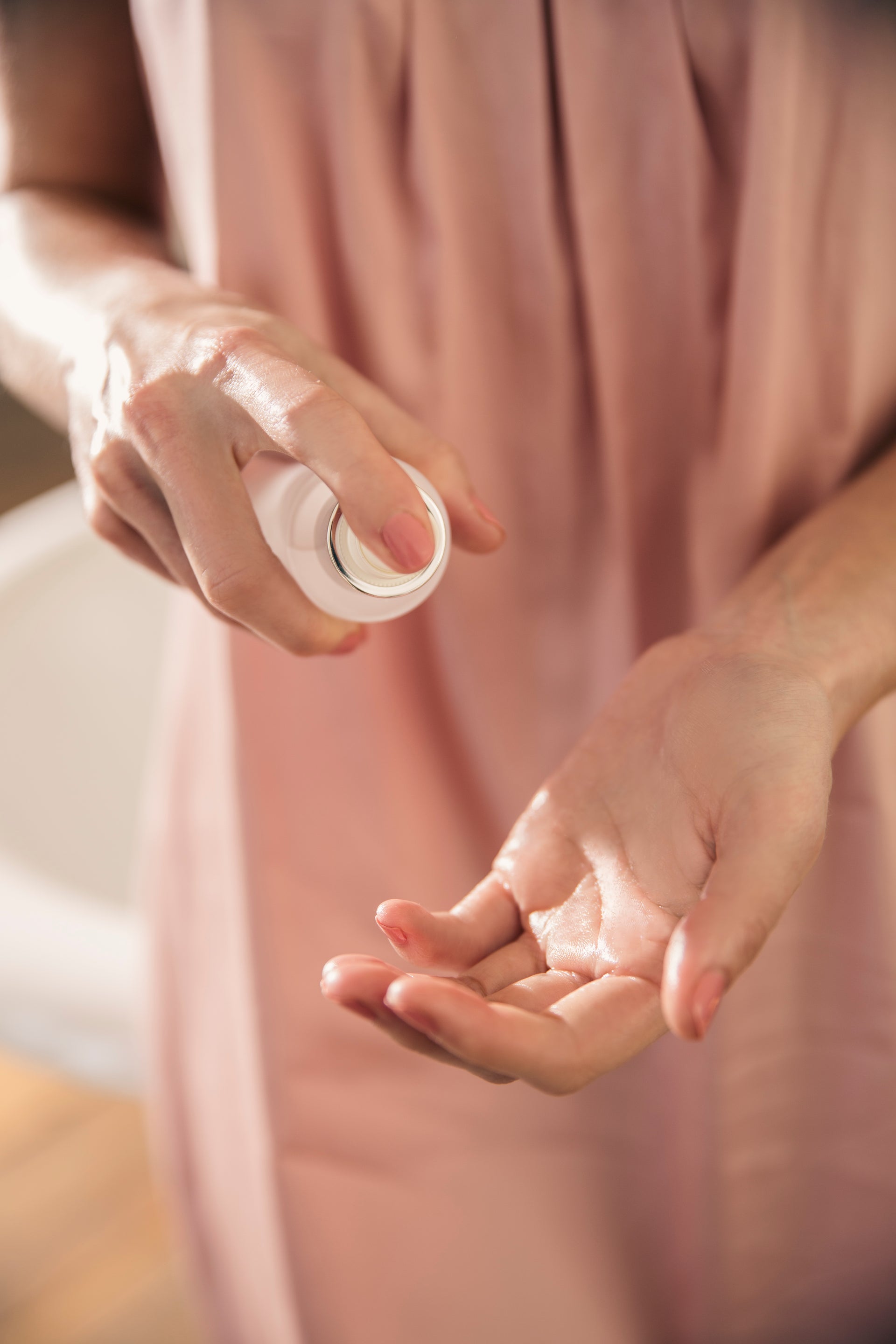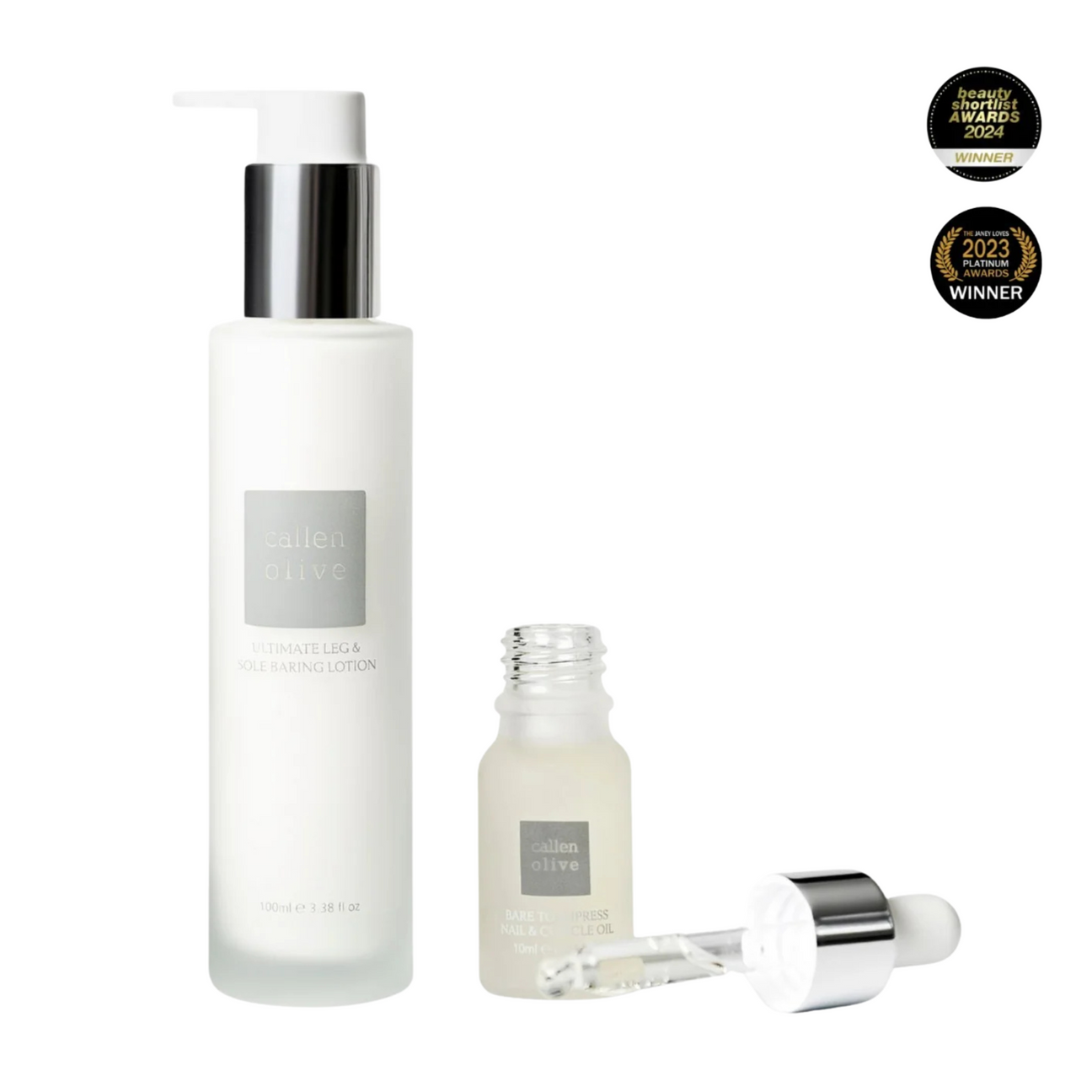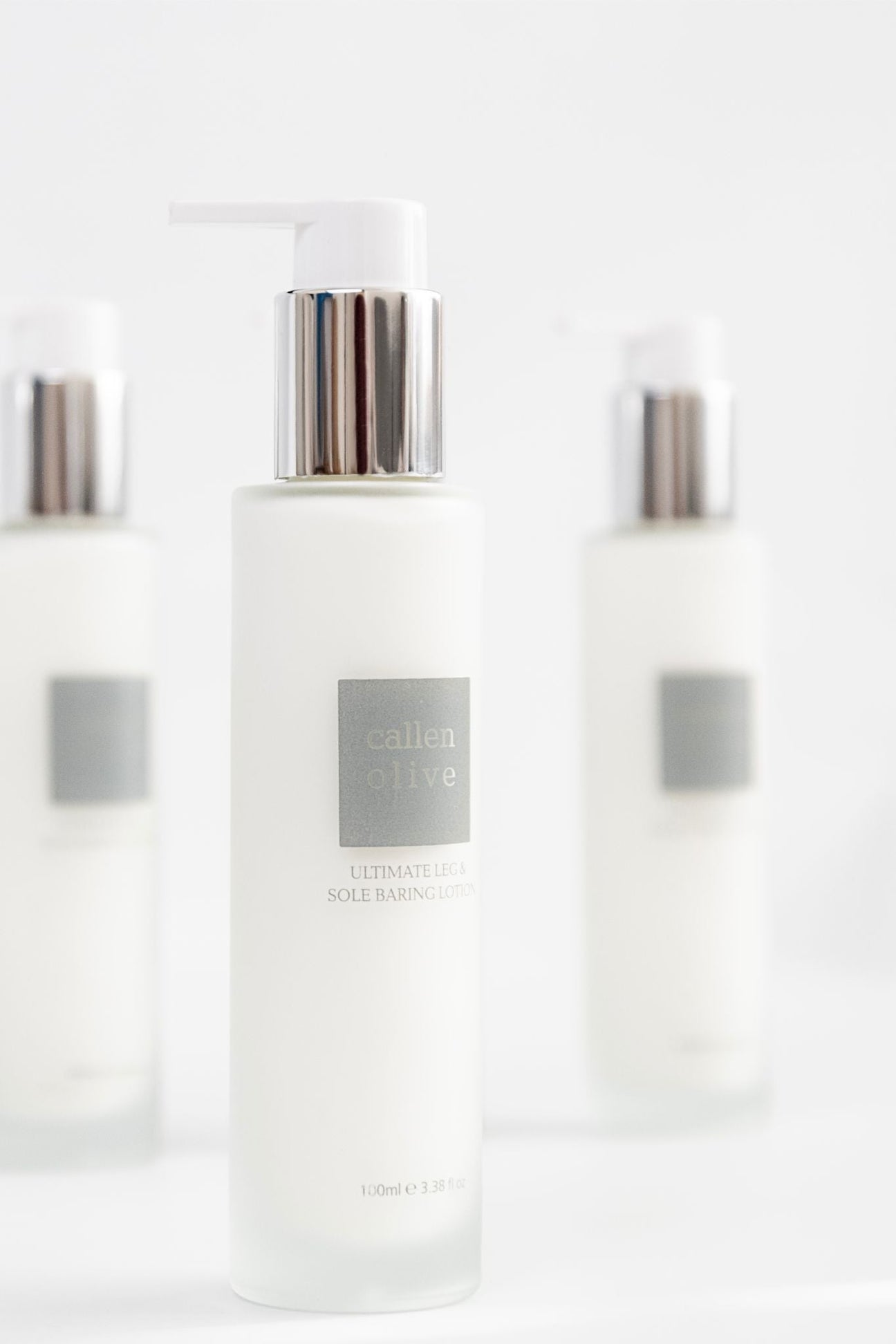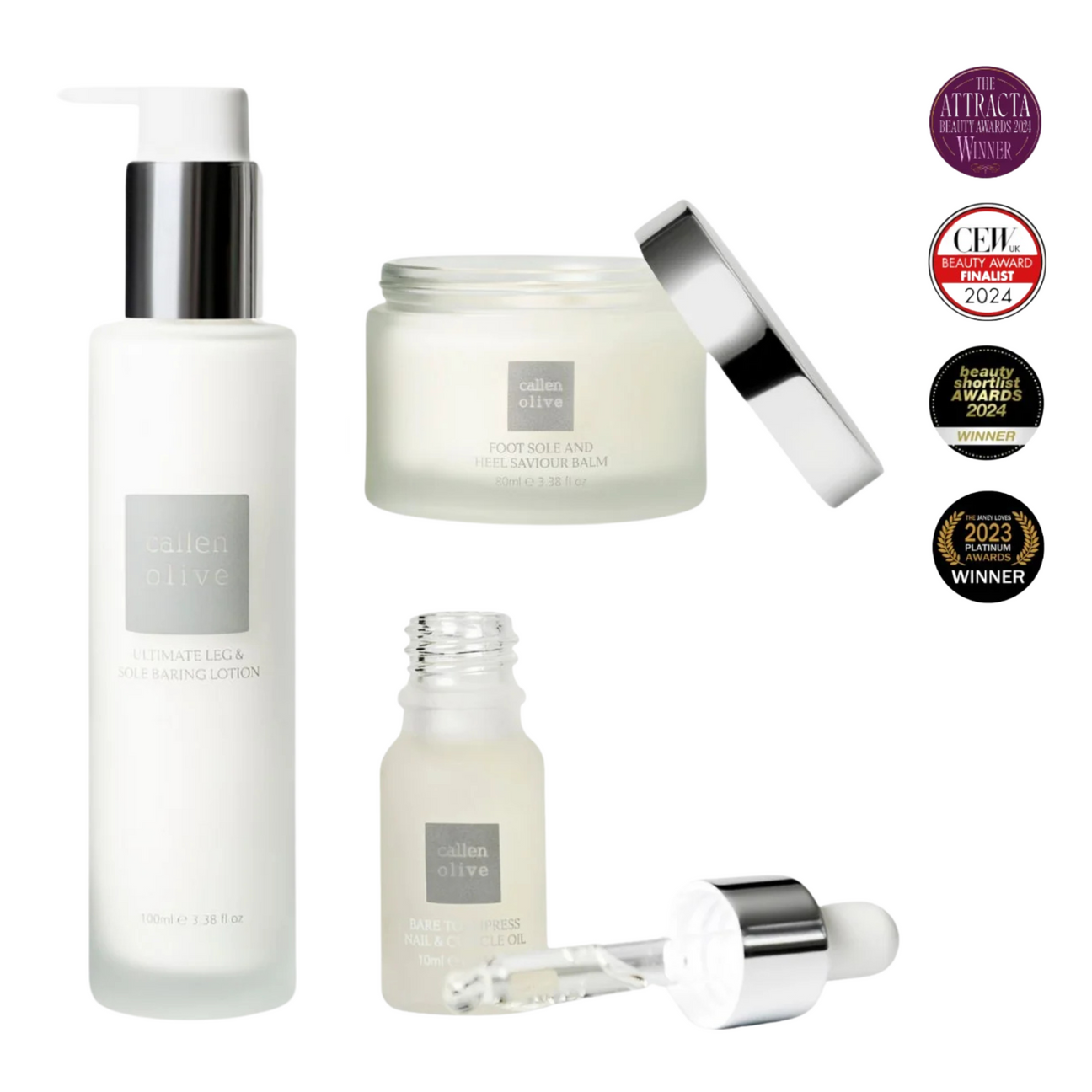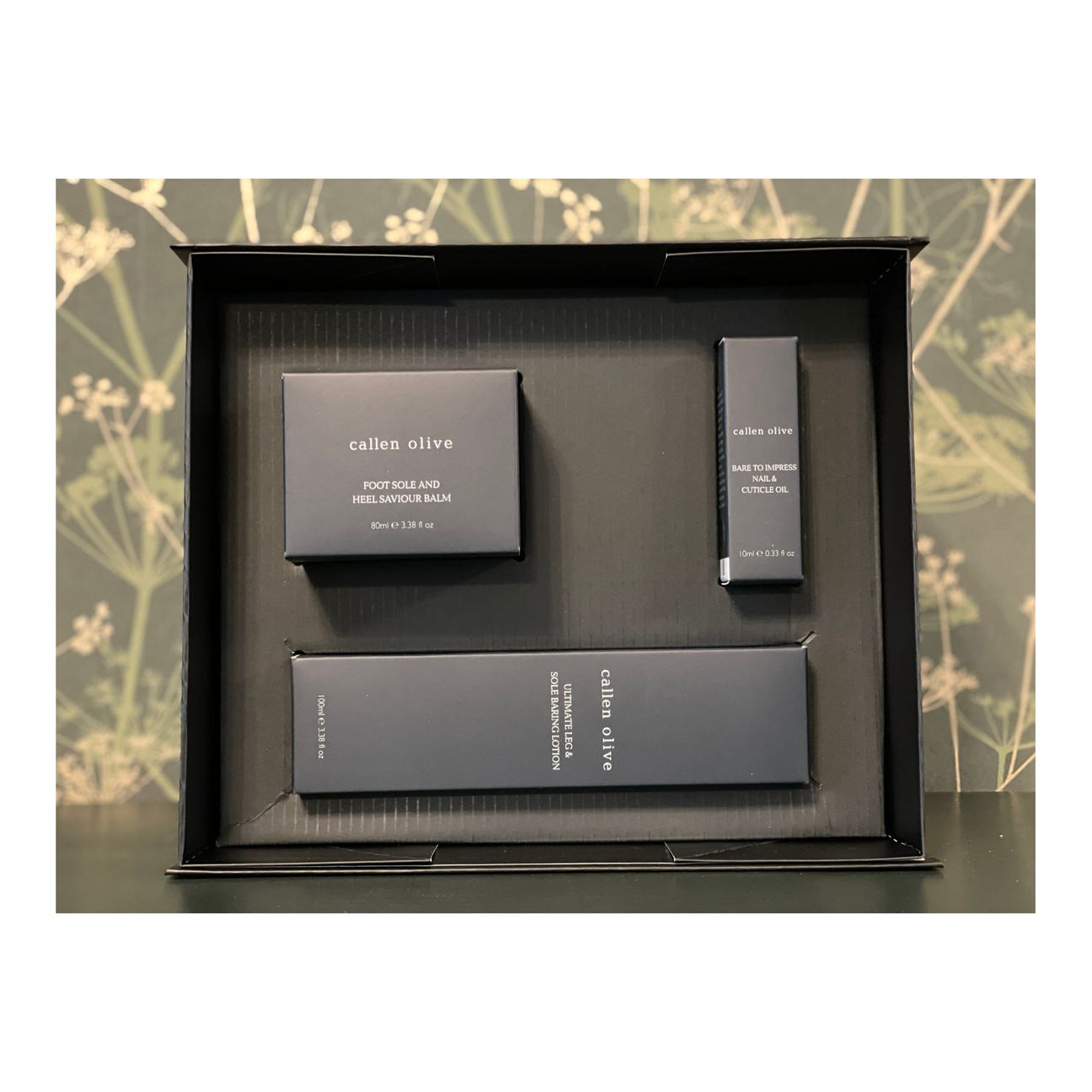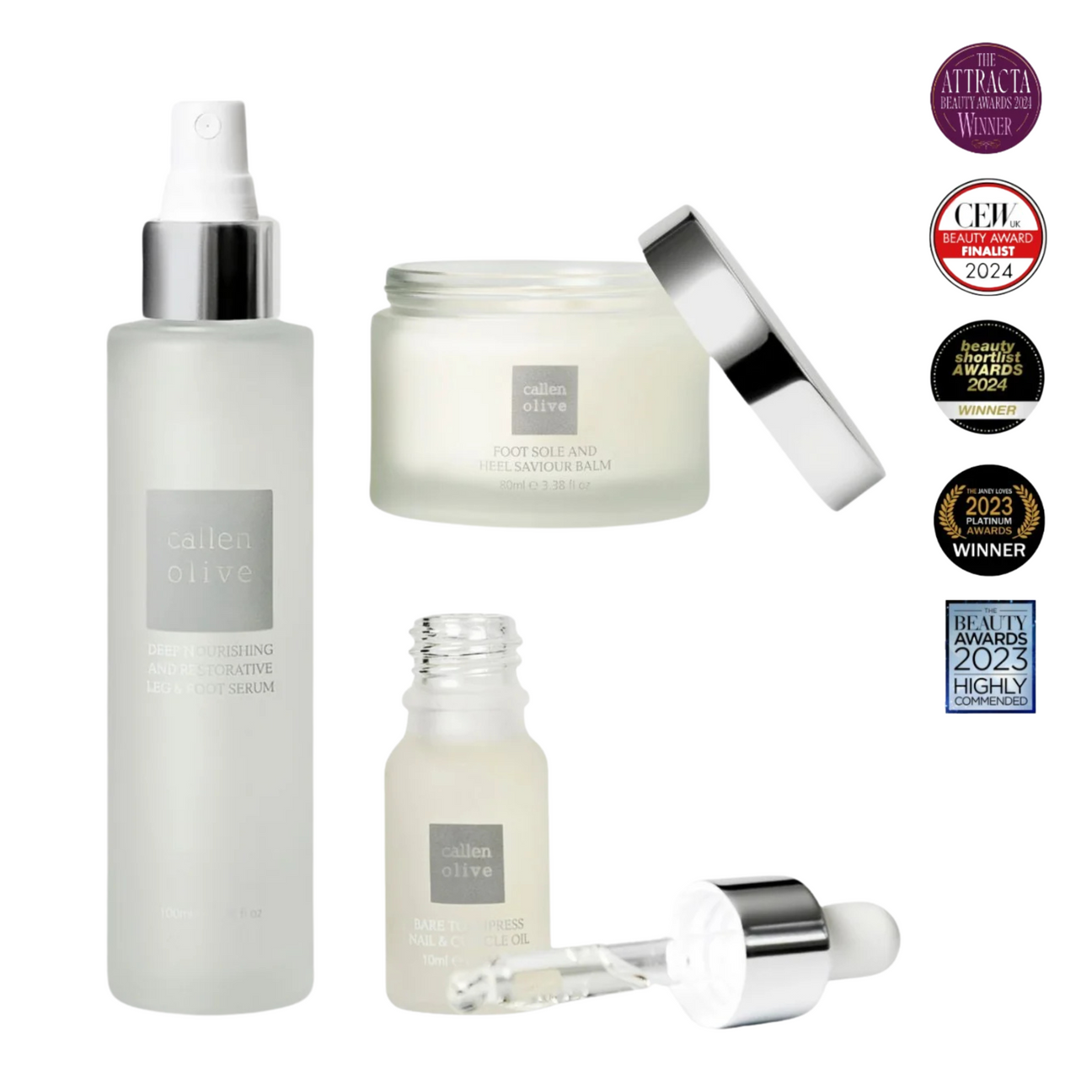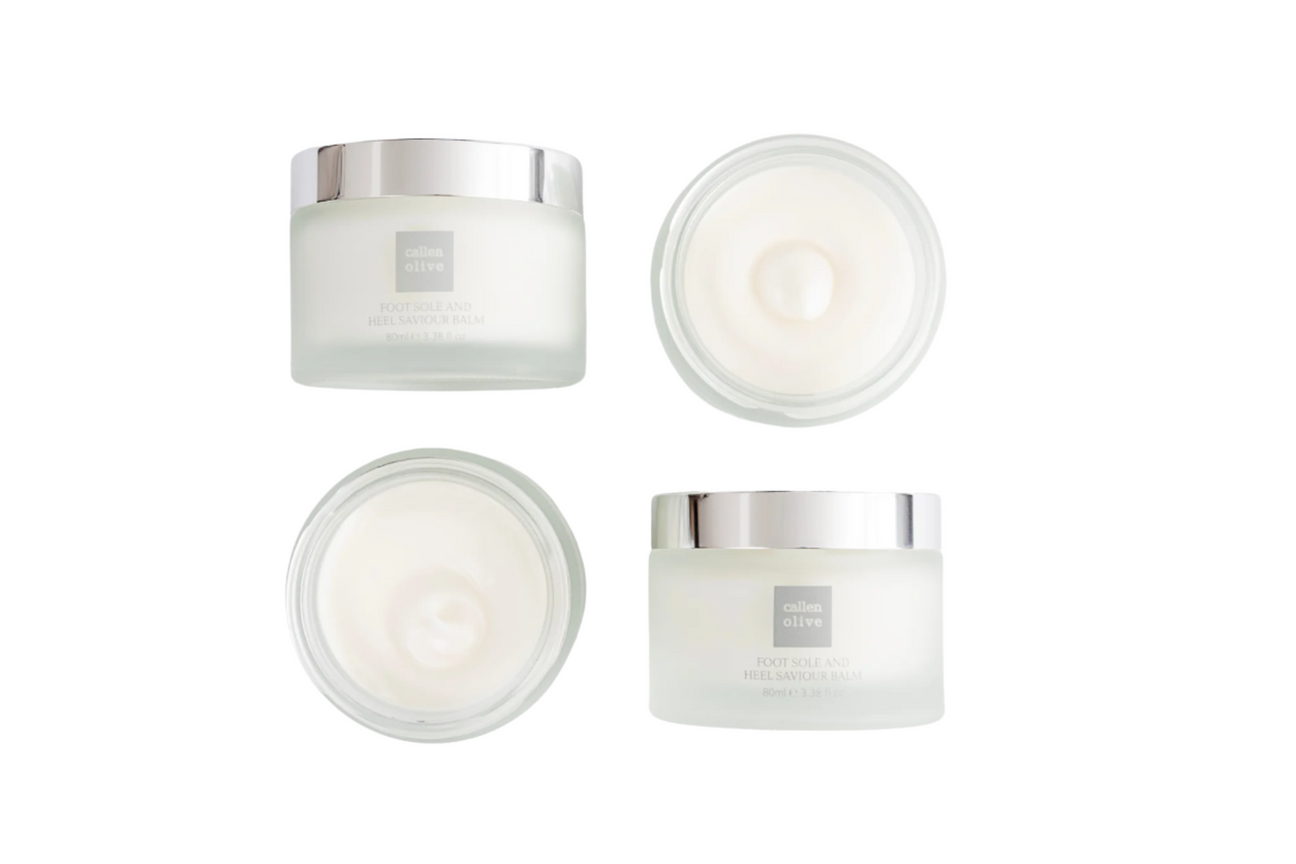Smooth, soft to the touch heels not only look great in sandals but are a sign of healthy feet.
Cracked heels can be unsightly, sore and uncomfortable. Besides, they can snag your tights or bedding and, in the worst-case scenario, can be extremely painful, get infected and lead to cellulitis (not to be confused with cellulite).
The thing is, cracked heels are a straightforward foot problem that can become chronic and complex easily if left untreated.
So, what are the common causes of cracked heels?
Cracked heels can appear as a result of:
- The skin does not have enough moisture/hydration in its layers, and consequently, there is no elasticity or flexibility. Thereby the skin cracks under the pressure of the body weight.
- Up to three to four times your body weight goes through your heels when you walk. Therefore, cracked heels can also be linked to lower limb biomechanics, i.e. the unique way your foot works with excess pressure on particular areas and time you spend on the heels when walking or sporting.
- Some shoes can be very hard at the heel and provide no cushioning or shock absorption. If you lack a good fat pad on your heels, this can be an aggravating factor.
- Chronic conditions including kidney failure, hypothyroidism, diabetes, malnutrition, or Sjögren’s syndrome.
- Dry skin can also be a side effect when taking some medications for a long time, such as steroids, blood pressure, cholesterol, acne medications and antihistamines.
- Poor circulation. The feet are the furthest part away from the heart, so having poor circulation will affect the hydration levels and condition of the skin.
A podiatrist will help you identify if you have any common causes for heel cracks, aka fissures, and will incorporate options to alleviate the symptoms into your treatment plans.
How to treat cracked heels
Cracked heels are easy to treat. The first port of call for treatment is to exfoliate the skin, so depending on the thickness of your skin on the soles of your feet, you may or may not need to see a podiatrist to have the skin removed with a scalpel. This painless procedure will leave the heels feeling smooth, soft, and revived.
If your skin is thinner, you can treat your heels with a simple foot file at home. In this case, I would highly advise that you file the skin when dry before you shower or bath because you’ll be able to remove more skin as you get more friction on the foot file, giving you a much smoother finish. Using an emery board foot file is best, mainly because the metal ones are too abrasive and leave the skin looking and feeling rough. One side of the emery board foot file will be rougher than the other. Employ the rough side to remove the dead skin and the smoother side to smooth it. Dedicate two minutes to each foot.
Following the exfoliation, it is best to use a rich moisturising heel balm to nourish and protect the skin. Heel balms tend to be richer in the formulation, which will help hydrate, heal, and prevent the skin from further cracking. Use the heel balm daily. After a few days, your heels will feel smooth and baby soft to the touch, ideal for the beach, pool, high heels, or sandals and ready to go on show to play footsie with your loved one.
When formulating Callen Olive Foot Sole & Heel Saviour balm, I focused on creating a product that smells great, has a lovely texture and is highly absorbent. I believe these are the qualities that make a balm amazing. So I suggest you choose a heel balm that you love and enjoy using and pamper your heels daily, following a TLC ritual of body love and positive affirmations to connect your soles and soul.
Shop Callen Olive’s heel balm here.
